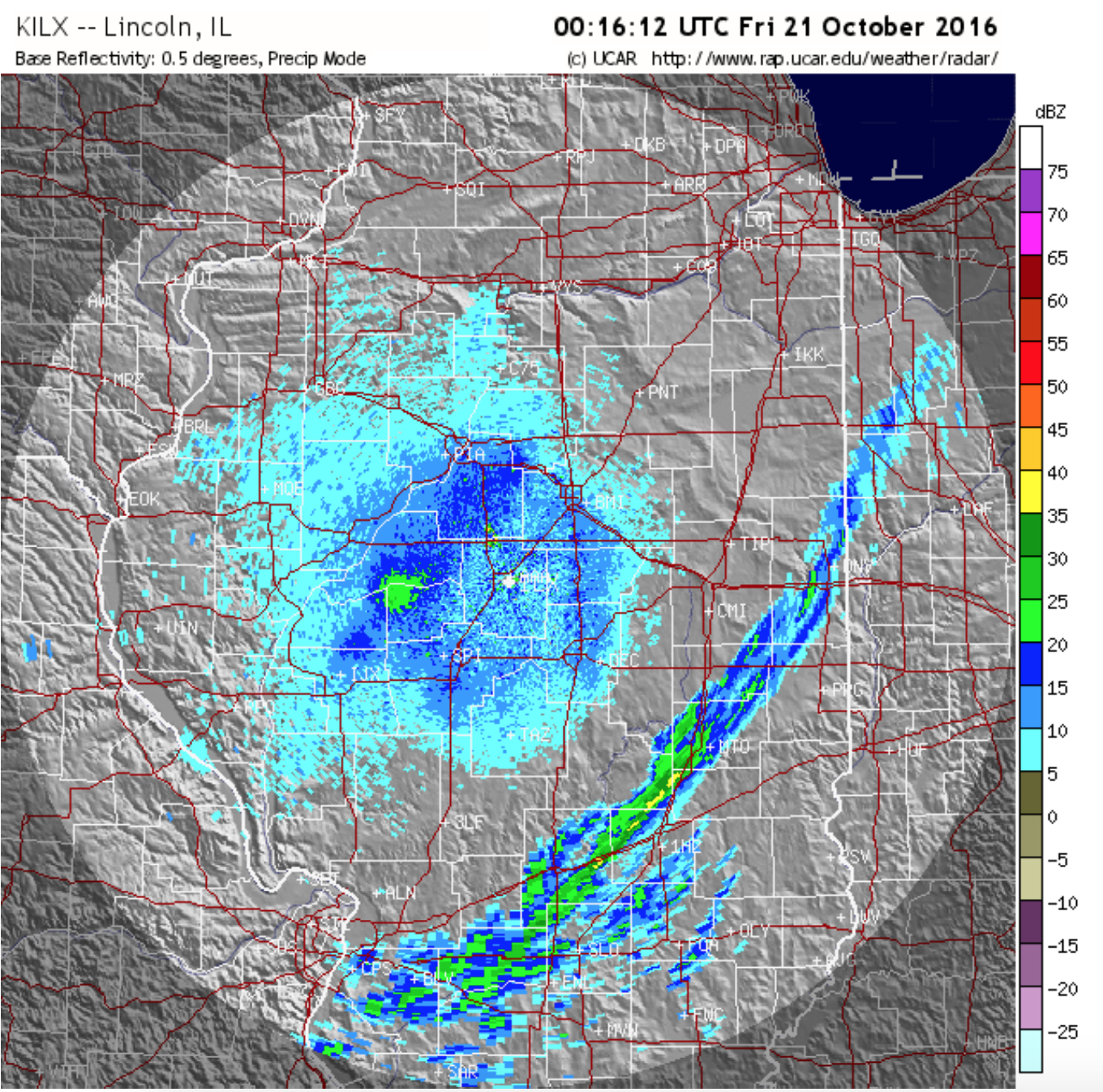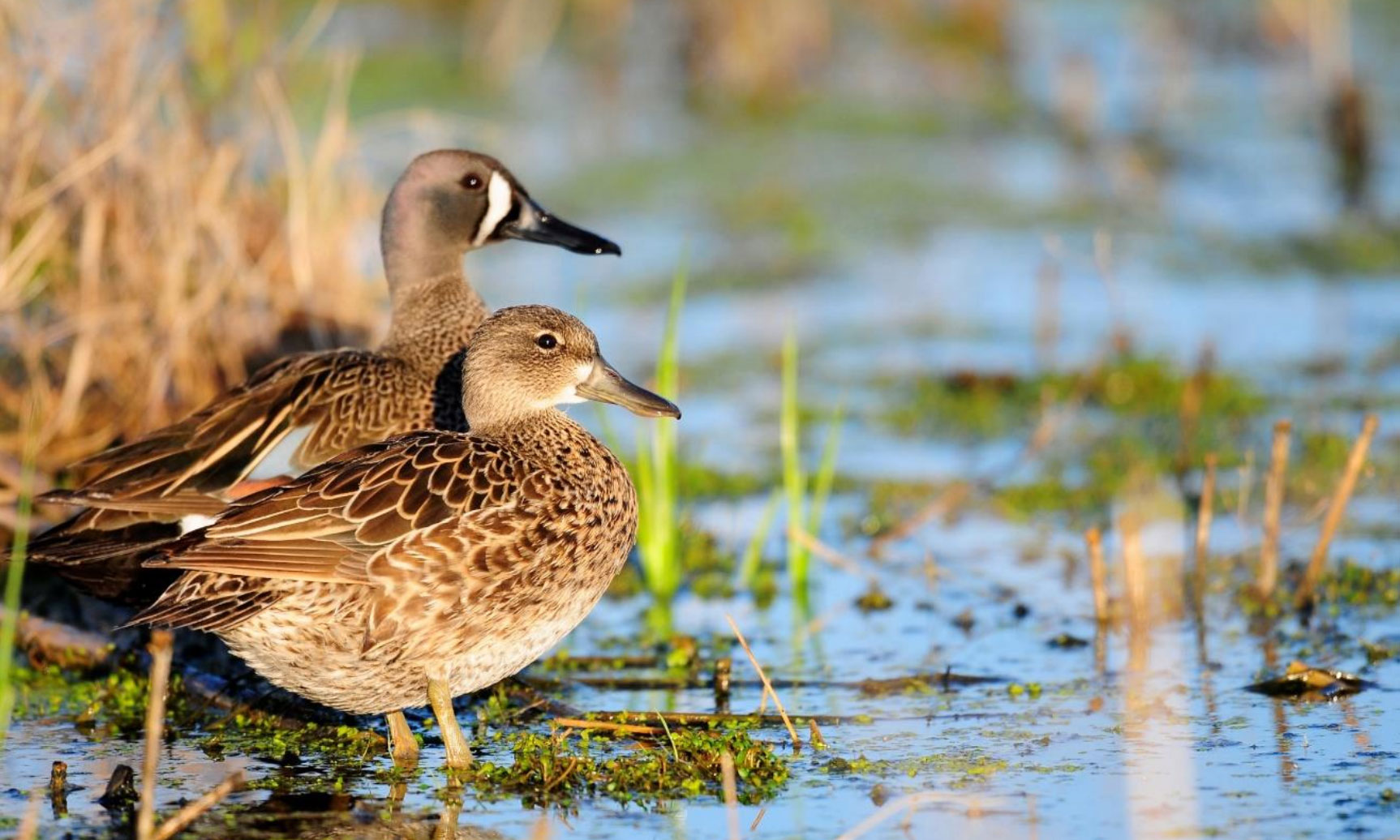
We last flew the waterfowl survey of the Illinois and Mississippi rivers on Tuesday, October 18th following the strong winds that howled all day on Monday. Waterfowl numbers on the Illinois River were up 96% from the previous week at 100,730 ducks; however, we remained 9% below the 10-yr average. Similarly, total duck abundance (140,975) was up 107% along the Mississippi River from the October 10th inventory and was a whopping 134% above the 10-yr average. The majority of those birds were counted at Two Rivers National Wildlife Refuge (Swan and Gilbert lakes) at the confluence of the Illinois and Mississippi rivers near Grafton. Our early season migrants were comprised of non-mallard dabbling ducks including: northern pintail, northern shoveler, gadwall, American wigeon, and American green-winged teal. Due to the relatively mild weather, there were still substantial numbers of blue-winged teal along both rivers.
My scouting reports from the duck marshes indicated there was a movement of birds into both river systems on Sunday morning, October 16th . This immigration of waterfowl was noted on the aerial inventory by the increased numbers of northern pintail and our first sightings of greater white-fronted geese, or specklebellies. “Specks” as the hunters call them, resemble Canada geese at a distance; however, their flight behavior and squeaky voice more closely mimics the lesser snow goose.
Harvest reports from the north zone opener and central zone youth hunt indicated spotty hunting success. I had one hunter from Senachwine Lake report a slow opening day but that harvest picked up on Sunday. Many others reported harvesting mostly wood ducks and teal, especially blue-winged teal. Other reports indicated a decrease in the number of birds at Emiquon on Thursday morning October 20th, and I checked the radar on Thursday evening to find a mass of waterbirds departing the Havana area about an hour after sunset.
To get to this page yourself, Google “nexrad rap ucar” and click the first link that comes up. The radar images are in UTC time which is 5 hrs ahead of central daylight time (CDT) and 6 hrs ahead of CST. So if you want to see the radar from an hour after sunset from the night before, select the end date as today, the end time as 1:00 AM (0100 UTC), and a loop duration of 3 hours. This will give you radar images from 5:00 PM to 8:00 PM. Once you have configured the settings, click the ILX radar icon near Lincoln, IL to see birds departing the middle Illinois River below Peoria. The image from Thursday evening was likely American coots leaving the Emiquon complex and heading southeasterly over Springfield, IL.

Be safe and enjoy the central zone waterfowl opener this weekend, October 22nd. Stay tuned for more updates next week…

